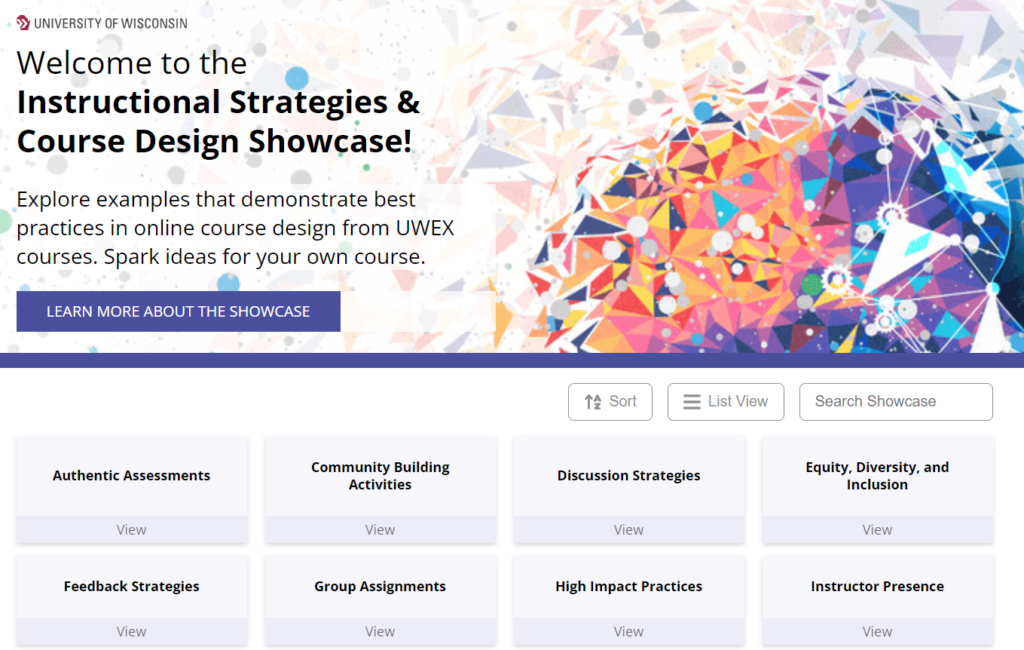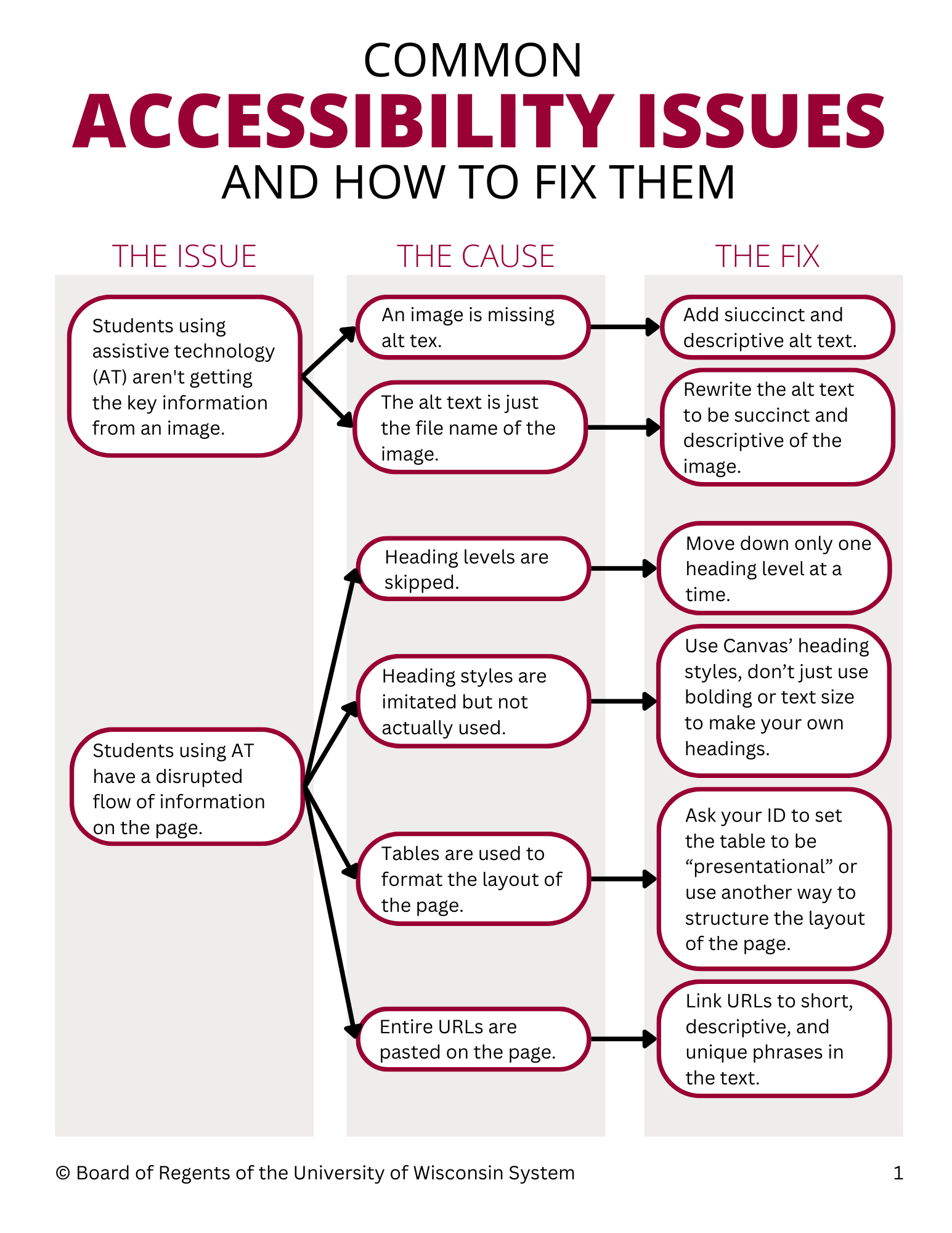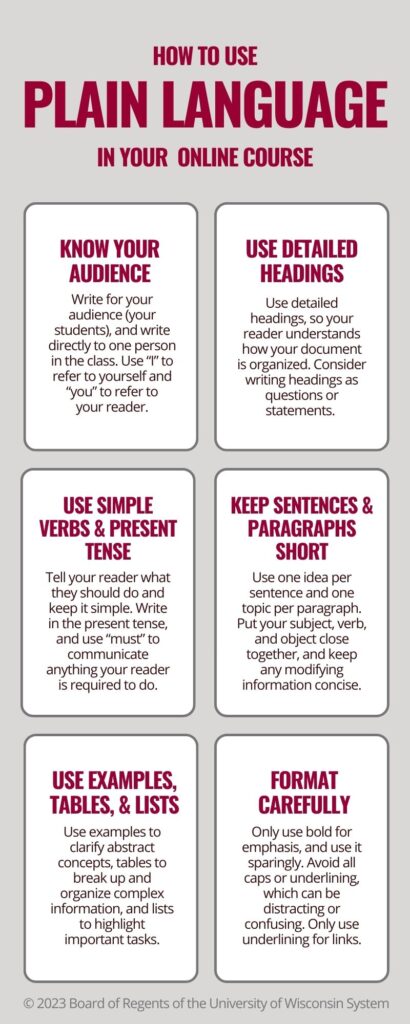A year ago, there were significant concerns, curiosities, and questions about how artificial intelligence and large language models like ChatGPT would impact higher education. Now, though questions and concerns change and evolve, curiosities have been turned into course activities. As AI continues to reshape various industries, UWEX faculty are actively exploring ways to harness its potential in the classroom. From enhancing accessibility and fostering critical thinking to simulating real-world scenarios and generating assessment assets, faculty members across disciplines are pioneering innovative approaches that leverage AI to enrich the learning experience.
Assessing AI’s Impacts in the Field and Creating Authenticity
In Dr. Adam Fornal’s Agile and Traditional IT Project Management course, students actively explore how AI is changing the field of project management and how it might impact their work in IT management. Dr. Fornal believes it is important for students to accept AI and learn how it can supplement their existing roles as opposed to fearing it. In the course, AI is responsible for handling some of the more administrative-type tasks for project managers (e.g., following up on assigned items, logging the status of tasks, transcribing and summarizing meetings, and generating project communications among other things). Students also complete a reflective journal and assignment to reflect on how AI is impacting the skills needed for project management work.
In a different course, Dr. Fornal uses an interactive AI simulation with students where they serve as project managers, and based on their decisions, the simulation will respond with different variables and situations. This is a great way for students to apply their knowledge and see how projects function as close as possible to the real world. Student feedback supports that this is a worthwhile and enriching activity. It is also a different learning method as opposed to more traditional readings and assignments.
Critiquing AI’s Capabilities
In Dr. Dubear Kroening’s Heredity course, students are encouraged to ask AI to generate a paragraph for a research paper for them. Students are then asked to determine the accuracy of the information, including if AI plagiarized the information from another source. They also critique the AI’s output to see if it replicates their style of writing. Students then keep asking the AI tool to generate content until they get it to hallucinate or produce definitively false information. The assignment concludes with a reflection on the experience, including what they learned and how it could be helpful in the future.
The goal of this activity is to use AI to better understand the benefits and detriments of using it for both academic work and everyday use. Dr. Kroening believes it’s important for students to understand the difference between legitimate research and just finding things on the uncontrolled internet. Moreover, as AI will be used much more in the future, students must understand how it can be used properly to help with a variety of tasks.
*This is our featured example from the Instructional Strategies and Course Design Showcase for this issue!
Enhancing Accessibility and Deepening Discussions with AI
In Dr. Ryan Zellner’s Roots of Rock and Roll course, AI was used to generate song descriptions and visual representations for students who may have a hearing impairment. In this course, students are asked to analyze songs. Having these descriptions not only helps students with hearing impairments complete the activity successfully but also provides support for students who may not have a strong musical background.
Students were also asked in a discussion to reflect on how AI may impact the music industry in the future. Dr. Zellner states that students were able to apply their critical thinking skills in terms of the intersection of technology and music. In the discussion, students applied concepts they’d already learned in the course to make predictions about how AI might affect music in the future, such as the ability of AI to come up with new genres, the ability to bring “back” musicians who are no longer with us, and even the possibility of music completely generated by AI. This led the discussion into a deeper analysis of ownership, copyright, and the higher concept of art. Would music still be art if it is generated without human interaction?
Using AI to Create Assessment Assets
Dr. Jamie O’Neill is using AI in the classroom by giving students the option to use AI tools in creating marketing material for a public health campaign. If students choose to use AI, they are also tasked with evaluating the quality of the tool’s output, such as what they would change or improve or how they might revise the prompt they submitted. Not only does this give students awareness of the capabilities of AI tools, but it also asks students to critically think about their limitations and opportunities for improvement.
Dr. O’Neill believes that because AI is a tool available to everyone, it is helpful to give students ways to work with it to gauge its pros and cons. Students can then decide whether using it in their future work would be helpful.
Evaluating AI
Dr. Sakib Mahmud’s course Corporate Social Responsibility is a writing-intensive graduate course in the Sustainable Management program. It includes topic-focused writing assignments, case studies, a term paper, a group project, and discussions. During the course’s revision last fall, students’ use of AI in developing and writing the course assignments and how to evaluate their work were addressed. The goal was to provide robust guidelines that invite students to use the technology but also make them aware of the ethical and policy implications as well as quality and accuracy. Information on citing the AI tools was also provided to the students. Here is an example of verbiage provided to students from one of the writing assignments in the course:
“Apply caution and sound judgment when using artificial intelligence (AI) tools and applications (including, but not limited to Chat GPT, DALL-E, and others) in course assignments. Using them without appropriate citation and documentation is akin to plagiarism and a violation of academic misconduct policy.”
While the discussions and the group project in this course also reference the use of AI and how work will be evaluated, the verbiage here is deliberately brief and less detailed. In these types of activities, it was more important to encourage conversation and collaboration among students without making the use of AI such an important evaluation criterion as in the more formal written assignments.
Conclusion
The innovative practices highlighted in this article serve as a testament to our UWEX faculty, who are dedicated to equipping their students with the skills and mindset to be well-prepared for the challenges and opportunities that lie ahead. By integrating AI into their curricula, faculty are not only demystifying the technology but also empowering students to become active participants in shaping its responsible and ethical application. Though you may still have questions and concerns, hopefully, some curiosity has been sparked to incorporate AI into your course.



